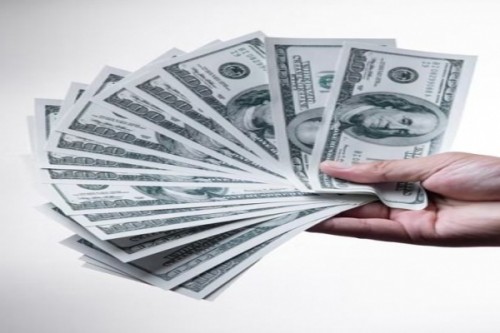China spent $240 bn on 20 countries in rescue lending

China has developed a system of "Bailouts on the Belt and Road" that helps recipient countries avoid default, and continue servicing their BRI debts, at least in the short run, a new report has found.
In total, more than 20 debtor countries have received $240 billion in Chinese rescue lending since 2000. The scale of China's global bailout lending programme is also growing fast. More than $185 billion was extended in the past five years alone (2016-2021), as per a report by researchers from the World Bank, Harvard Kennedy School, AidData, and the Kiel Institute for the World Economy.
Thirteen countries made total drawings of $170 billion in situations of economic or financial distress. Examples include Argentina (2014-2021), Mongolia (2012-2021), Suriname (2015-2021) and Sri Lanka (2021), which drew on their RMB swap lines right before and/or after sovereign defaults on their external creditors.
Other important users include Pakistan (2013-2021), Egypt (2016-2021) and Turkey (2021), which made large drawdowns during protracted balance of payments crises, as demonstrated by their crashing currencies in the face of dwindling foreign exchange reserves. Another group, including Russia (in 2015 and 2016) and Ukraine (in 2015), activated their swap lines in the face of sanctions and deep geopolitical crises.
China's role as an international crisis manager can therefore be compared to that of the US Treasury during previous Latin American debt crises or to a regional financial institution like the European Stability Mechanism, which helped to avert, delay, or resolve defaults by highly-indebted borrowers, rather than to a global financial backstop with "deep pockets".
The global swap line network put in place by the People's Bank of China is increasingly used as a financial rescue mechanism, with more than $170 billion in liquidity support extended to crisis countries, including repeated rollovers of swaps coming due.
The swaps bolster gross reserves and are mostly drawn by distressed countries with low liquidity ratios. In addition, the report shows that Chinese state-owned banks and enterprises have given out an additional $70 billion in rescue loans for balance of payments support. Taken together, China's overseas bailouts correspond to more than 20 per cent of total IMF lending over the past decade, and the bailout amounts are growing fast.
However, China's rescue loans differ from those of established international lenders of last resort in that they are opaque, carry relatively high interest rates, and are almost exclusively targeted to debtors of China's Belt and Road Initiative, the report found.
China's swap line network has become an important tool of overseas crisis management. In total, the report found that $170 billion have been extended by the PBOC to central banks of countries in financial or macroeconomic distress. This amount involves a large number of rollovers, as short-term PBOC swap loans are often extended again and again, resulting in a de facto maturity of more than three years, on an average.

|

|

